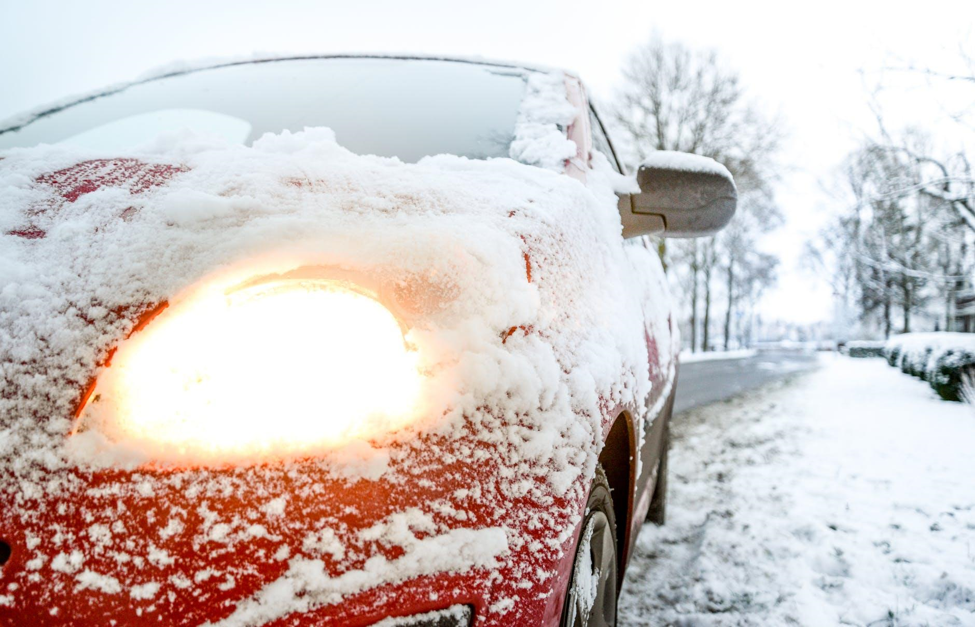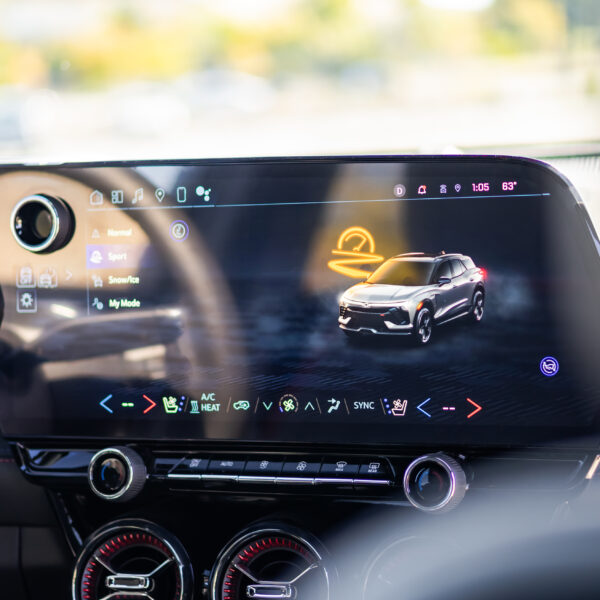
The winter elements are harsh on your commute, especially if your vehicle is unprepared or ill-equipped for the icy roads and highways. If you’re new to driving in the snow or searching for the best tips on preparing your vehicle for winter, we discuss all the essentials that get your car road-ready for the winter commute.
What’s in Your Wintertime Driving Kit?
Wondering which essential tools you need for surviving the winter roads? You must go into every commute with the right tools in your vehicle, and having a winter road kit can save you an abundance of time while keeping you safe. Every driver should keep the listed tools below handy when driving through snowy conditions..
- Windshield Scraper or Snow Brush Utensils
- Gloves
- Emergency Flares, Flashlight, and Roadside Reflectors
- Rock Salt, Kitty Litter, or Sand
- Extra Bottle of Windshield Wiper Fluid
- Tire Chains (if applicable to your vehicle)
- Jumper Cables
- First Aid Kit
- Blanket
As the saying goes, “Better to have, and not need, than to need, and not have.” Wintertime driving kits can easily fit in the trunk or backseat of your car and are extremely handy for your work or weekend commute when driving through bad weather and sub-zero temperatures.
What To Look For in Your Winter Vehicle Inspections
It’s wise to ensure that your vehicle is capable of driving into the winter season and commuters can do their car inspections or bring their vehicle into the local auto service center for a check-up. The essential vehicle inspections you can conduct on your own before and even during the winter are as follows:
Test Your Brakes and Rotors
Maintaining dependable stopping power while driving is essential and inspecting the quality of your brakes can be done visually and while underway. Turn off your radio, drive at a slow speed in an empty parking lot or neighborhood street and apply the brakes gently, then firmly. Feel and listen for any squeaking or grinding beneath your vehicle or in the wheels. If you have to press hard with your foot to feel a responsive halt, or you encounter any slippage in the brakes, replace your brake pads and rotors immediately before driving through the snow.
Top-off or Replace Engine Fluids
Has it been some time since your last transmission flush or an oil change? Topping off your engine coolant, lube oil, and transmission fluid is wise before snowfall because if your engine and transmission aren’t running smoothly in cold temperatures, the possibility of seizure or failure is imminent. Having low amounts of engine fluid or oil during frigid temperatures can affect your vehicle’s performance which may hinder your commute, so check your car’s fluid levels and viscosity before the first snowfall.
Check Steering and Alignment
Dependable steering on wet and icy roads is an absolute must and if your alignment is out of whack you may find it twice as hard to control your vehicle during winter. If you feel that your vehicle is pulling to one side or the other while driving, or there is any friction when turning the steering wheel, schedule an adjustment at your dealership or local auto service center. By doing so allows you dependable control of your vehicle while eliminating any actionable delay.
Test The Windshield Wipers
If you haven’t changed your windshield wipers since last spring or summer, be sure to check the condition of your wiper blades and top off the windshield wiper fluid. If your wiper blades are streaking or rubbing on the glass during each swipe, cold snow will only make it worse. Switch your wiper blades out before the first snowfall and gain the clarity and safety you need for the highways.
Inspect Your Headlights, Taillights, and Hazard Signals
Your vision along with the on-road visibility of your vehicle is essential. During periods of heavy snow, sleet, or rain, you must maintain clarity on the roads ahead while also having dependable brake lights, turn signals, and hazard lights. Have a friend or family member assist in checking the bulb brightness and clarity of your vehicle lights, and if you come across a broken taillight, headlamp, or burnt-out bulb, seek a replacement immediately.
Equip Your Car with New Headlights and Bulbs This Winter
Visibility is one of the most important aspects of wintertime driving and if you’re searching for new headlights and bulbs online, explore the options best fit for your year, make, and model here. Stay prepared for icy roads this winter by taking these essential vehicle inspections seriously and travel safely with a heightened sense of awareness this winter.














